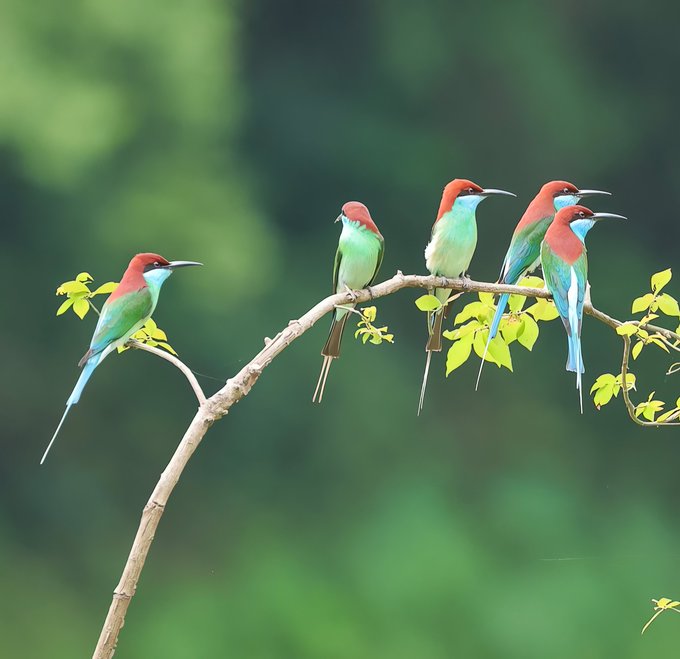|
Getting your Trinity Audio player ready…
|
By Stephen Tsoroti
Of the 2,477 bird species in Africa, 1,400 (57%) are common to the continent. A network of 1,248 Important Bird and Biodiversity Areas (IBBAs) have also been identified in Africa- And this year, Ornithologists (birdwatchers) will take stock of the status of those birds and their habitats.
Birdlife Zimbabwe will partner with the Pan Africa Ornithological Congress (PAOC15) Committee, to host the congress from 21-25 November 2023 in Victoria Falls which includes the Batoka gorge IBBA which lies within the heart of the Kavango Zambezi Transfrontier Conservation Area. The Kavango Zambezi Transfrontier Conservation Area comprises 5 countries- Zimbabwe, Zambia, Botswana, Namibia, and Angola.
According to Julia Pierini, the local organizer of the congress, the meeting will bring together both professional and amateur ornithologists from all over Africa to promote the study and conservation of African birds. In doing so, the organization and partners aim among other things, to encourage the participation of young students to nurture their interest and understanding of birds, and disseminate information on African birds through appropriate international meetings, and the need to preserve them as part of Africa’s natural heritage.
PAOC15 will also attract the attention of bird enthusiasts from across the globe and help promote the inclusion of Zimbabwe on the global tourism map.
“Amateur ornithologists are the lifeblood of bird conservation, undertaking citizen science that allows monitoring of population trends, changes in status, threats, and challenges,” says Pierini, who is also the Director of Birdlife Zimbabwe. “These in turn provide an indicator of how healthy the environment is and consequently what conversation actions are needed.”
The theme of the event” Urbanising Africa and its effect on Birds” makes reference to the growing urban centers within Africa, which in turn is changing natural environments. With the development of large urban areas, there are challenges as these urban centers attempt to balance the protection of the environment and wildlife as well as accommodate human activity and provide livelihoods that have often ignored other biodiversity species. Through their dependence on specific habitats, birds are the first to feel the effects of changing surroundings and are key indicators of the health of environments.
The congress will be hosting a number of symposia that will also be addressing issues being faced in Zimbabwe and throughout Africa at a landscape level including the threats to the vulture populations through poisoning, and wetland habitat degradation affecting cranes.
Zimbabwe has a high diversity of birds (over 670 species) located across a variety of different ecological biomes. With PAOC15 being held in Zimbabwe, it presents the unique opportunity of showcasing the birds and biodiversity within Zimbabwe onto the African stage and beyond.
The inaugural PAOC was held in Livingstone, Zambia, in 1957. Sixty-five years later, the PAOC is returning to the region, and will be held over 5 days and will be comprised of the following; oral communications, expositions, roundtables, symposia, training of key themes of emerging issues.
PAOC will be attended by ornithologists, conservationists, and students of African Ornithology. In excess of 300 participants are expected at PAOC15, from across Africa, Europe, and America.
